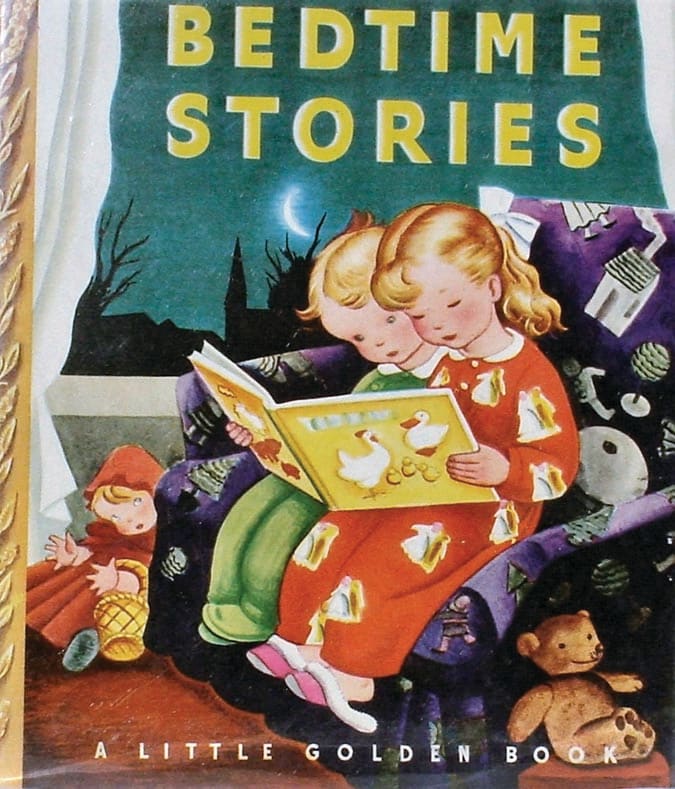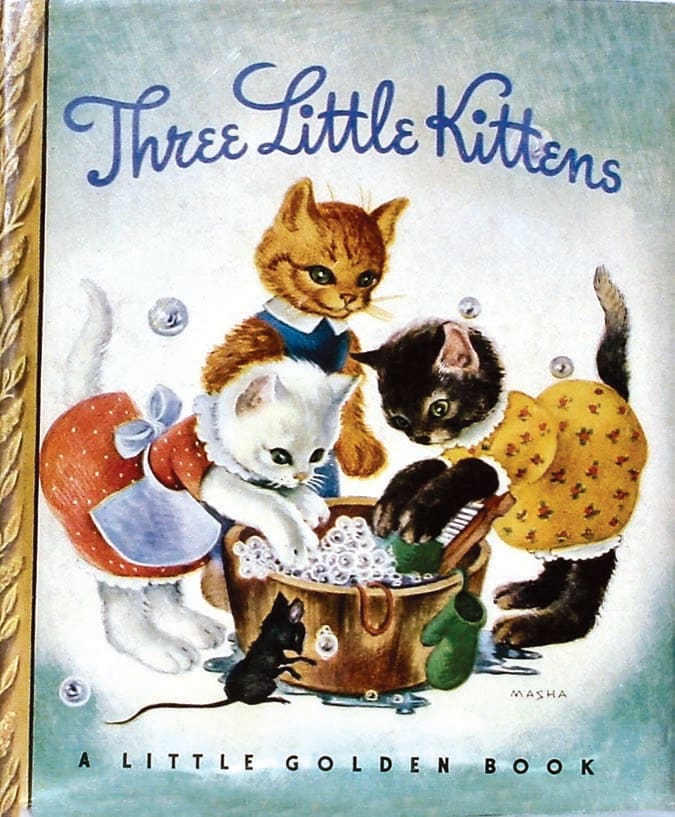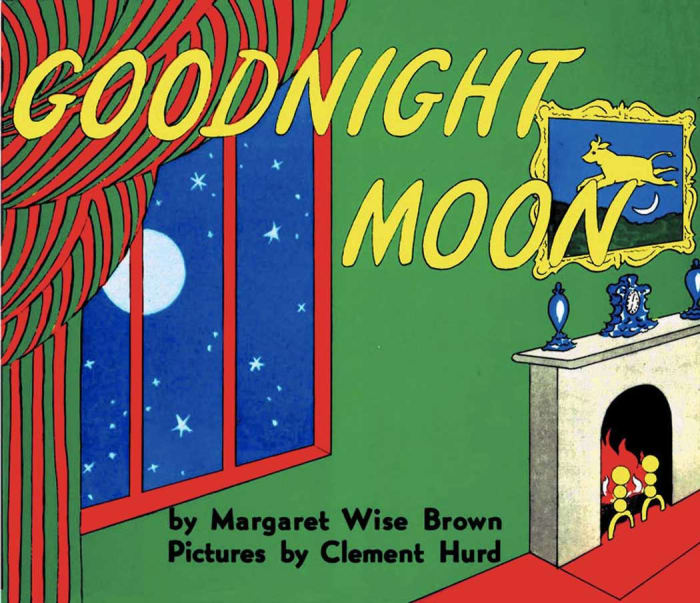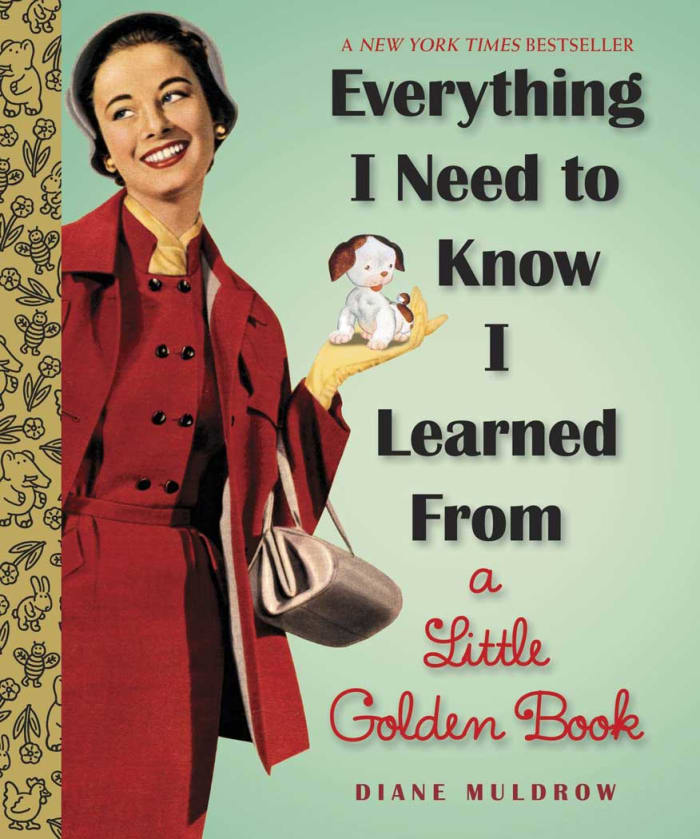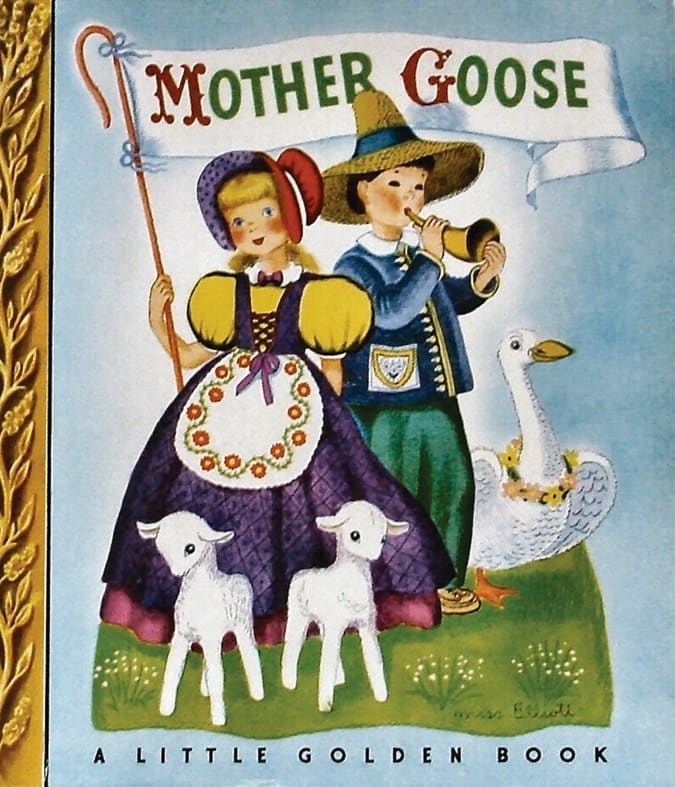#History #Golden #Books
When Western Publishing debuted Little Golden Books in the 1940s, the success was immediate. Little Golden Books were cheap to make, used little paper, were durable in the hands of children and — best of all — they were inexpensive, a very popular feature given the frugality of the war years.
Today, fans include the young and the young-at-heart, as well as collectors. Below are ten things every Little Golden Books fan should know:
1. Little Golden Books premiered with 12 titles, all published in September 1942. All 12 were hardcover and 42 pages. The first advertisement announcing Little Golden Books appears in Publisher’s Weekly, September 19, 1942. All 12 titles were priced at 25 cents each. Today you can expect to pay around $5-$6 per book.
2. The first 12 books released were: Three Little Kittens, Bedtime Stories, The Alphabet A-Z, Mother Goose, Prayers for Children, The Little Red Hen, Nursery Songs, The Poky Little Puppy, The Golden Book of Fairy Tales, Baby’s Book, The Animals of Farmer Jones and This Little Piggy.
3. Five months after the initial release, 1.5 million copies of the books had been printed and the line was in its third printing. By Little Golden Books’ 75th anniversary in 2017, sales topped two billion copies, and eight-million-plus books sold annually.

The Little Red Hen was written by Marion Potter and illustrated by Rudolf Freund.
Image courtesy of Steve Santi
4. Janette Sebring Lowrey (1892-1986), a Texan, wrote The Poky Little Puppy, the most popular Little Golden Books of all time. The book was illustrated by Gustaf Tenggren. Lowrey wrote teen fiction during the 1940s and 1950s. Her young adult novel Margaret was adapted into a TV serial, Walt Disney Presents: Annette, which aired on The Mickey Mouse Club in 1958, starring Annette Funicello.
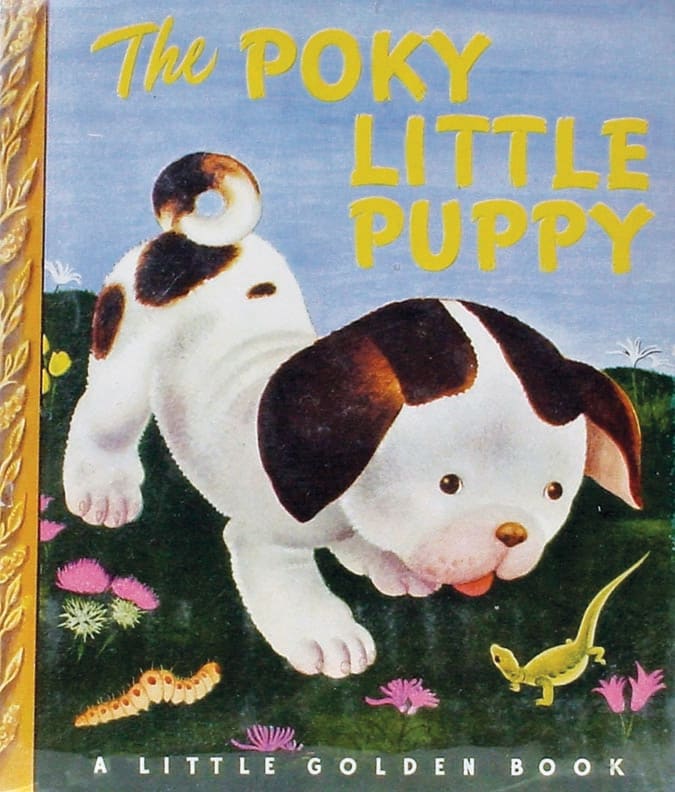
The Poky Little Puppy was written by Janet Sebring Lowrey and illustrated by Gustaf Tenggren, 1942.
Image courtesy of Steve Santi
5. A few notable authors and illustrators were responsible for bringing forth some classic Little Golden Books. Among those were Margaret Wise Brown, who also authored the timeless Goodnight Moon; Mercer Mayer, author of the Little Monster series; Richard Scarry, best known for his Busytown series of books; and famed artist Garth Williams, whose illustrations brought to life the characters in Stuart Little, Charlotte’s Web and the Little House series penned by Laura Ingalls Wilder.
6. The original Little Golden Books sparked a flurry of development in the 1950s, including an activity series of books (complete with learning wheels, paper dolls and paints as some of the enhancements), development of Big Little Golden Books and boxed puzzles featuring the cover of Little Golden Books.
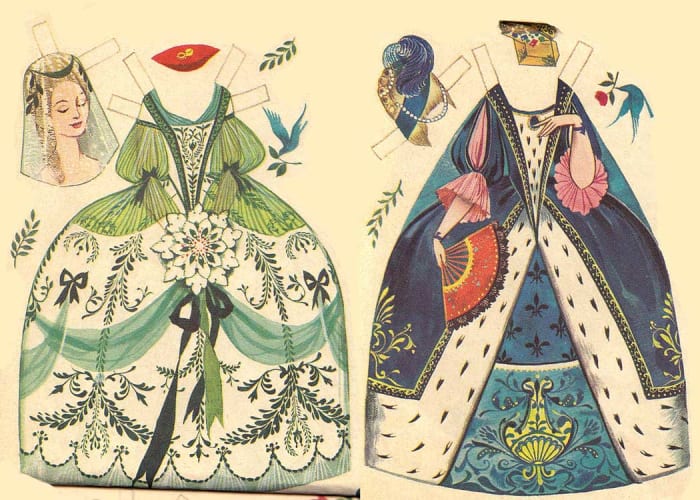
Little Golden Books Cinderella Paper Dolls to Cut Out and Dress pictures by Gordon Laite (July 11, 1925-May 1, 1978).
7. Not unlike some popular toys, and even Depression glass, Little Golden Books were premiums included in products such as diapers and in children’s meals at fast-food restaurants.
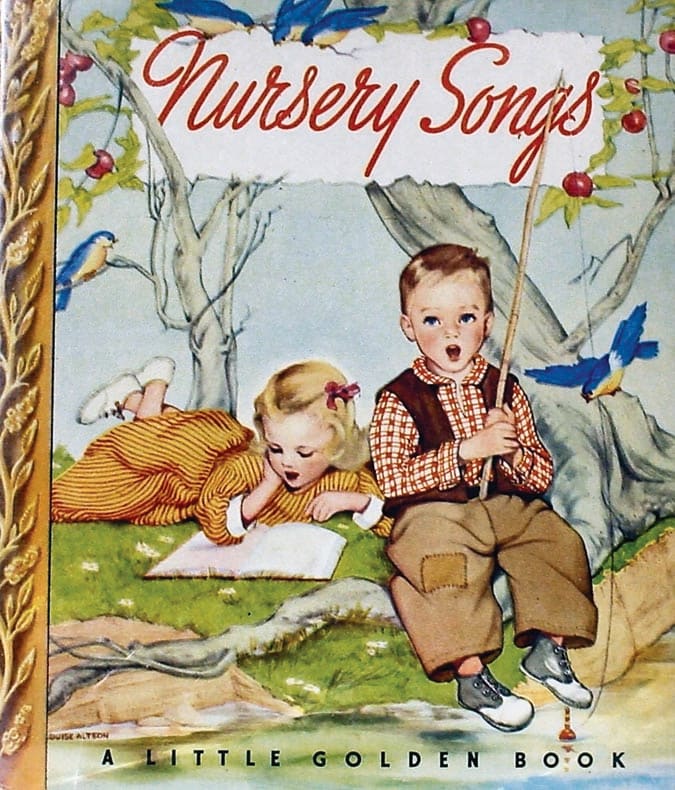
Nursery Songs was written by Leah Gale and illustrated by Corinne Malvern, 1942.
Image courtesy of Steve Santi
8. In 2013, Golden Books released “Everything I Need to Know I Learned from a Little Golden Book.” Written by Diane Muldrow, a prolific author of Little Golden Books, the book draws on more than 70 years of Little Golden Book wisdom to provide practical tips for adults.
9. Western Publishing had its beginning in the basement of 618 State Street in Racine, Wisconsin. Ownership and control of Little Golden Books has changed several times since Western Publishing debuted the line in 1942. Penguin Random House is the current publisher of the series. Despite the changes, Little Golden Books maintains a distinct appearance and remains identifiable by its gold spine.
10. Collecting Little Golden Books can be great fun, and re-reading them will certainly induce a good bit of nostalgia. Given the books were published in such large numbers, it makes it fairly easy to pick up first editions of the original 12 for between $50 and $200, depending on the title and the condition.
Steve Santi’s website www.thesantis.com is a good source of information on Little Golden Books.

